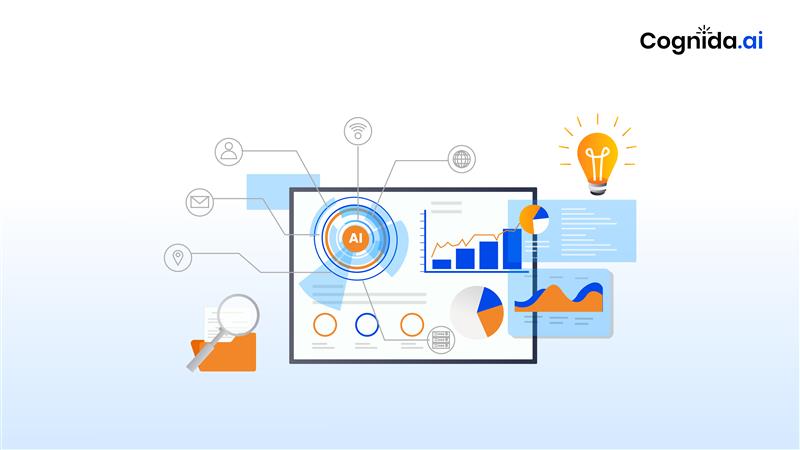Ever wondered about the integrity of data in the world of AI and machine learning? Well, it’s a big deal. But here’s the challenge: data hallucinations can mess things up big time. Let’s break it down.
So, what exactly is data hallucination?
With loads of rapidly changing data around us, sometimes you stumble upon patterns that seem legit but actually have no basis. It’s like your data is playing tricks on you! Factors like errors in data collection, labeling mix-ups, or just plain old biases can all contribute to this vicious circle of data hallucination. And if left unchecked, these illusions can throw AI models off their game, leading to some pretty absurd predictions or classifications.
Researchers are on the case, discovering some cool solutions to remove these hallucinations and making AI systems more reliable.
Advanced anomaly detection and deep neural networks
These systems use unsupervised learning to filter through massive datasets, generating trends and patterns that don’t quite fit the norm. By comparing data points against established distributions and identifying outliers, the model can pinpoint potential instances of data hallucinations with remarkable accuracy.
Data correction techniques to remove data hallucinations
Once identified, our AI model goes to work, busting out some fancy data correction techniques to set things straight. Think imputation, interpolation, or outlier removal—whatever it takes to restore the dataset’s integrity. It’s like magic, but with algorithms!
Industry Implications
Now, let’s talk real-world impact.
In healthcare, accurate patient data is crucial for nailing diagnoses and treatment plans. By banishing data hallucinations, we’re boosting confidence in AI-driven insights and ultimately improving patient outcomes. And in finance? Forget about it! Reliable data is the name of the game for things like risk assessment and fraud detection. By cleaning up financial datasets, we’re dodging the pitfalls of bad predictions and safeguarding those hard-earned dollars.
And, it’s not just healthcare and finance who are the gainers. From autonomous vehicles to manufacturing, AI systems rely on clean sensor data to make the right calls. By squashing data hallucinations, we’re making the world safer, more efficient, and, even more sustainable.
Meet our Advanced Research Copilot, AKA the Researcher!
Developing an AI model capable of removing data hallucinations represents a significant step forward in the quest for reliable and trustworthy artificial intelligence. Using generative AI, Researcher gives precise information, ensuring data collection is free from hallucinations and provides relevant source links for the specific content.
So, what’s the bottom line? As we ride the AI wave into the future, one thing’s for sure: data quality matters—a lot. With groundbreaking tech like this, we’re unlocking new possibilities and reshaping the way AI tackles big challenges. It’s a wild ride, but, someone’s got to take it. So, why not begin with you.
About the author
Dipankar Sonwane writes about technology and business. With a background of working in the tech industry for over 9 years, he brings a unique perspective and unravels the intricate interplay between tech and business landscapes by demystifying the integration of tech with business. Embark on an enlightening adventure with Dipankar to gain a clear understanding of how technology is reshaping the world of business.
